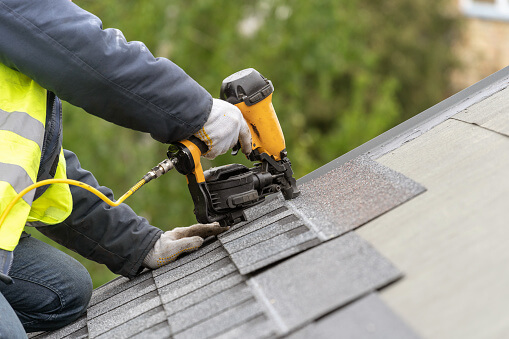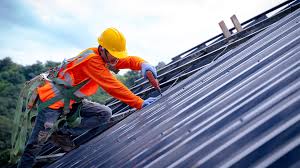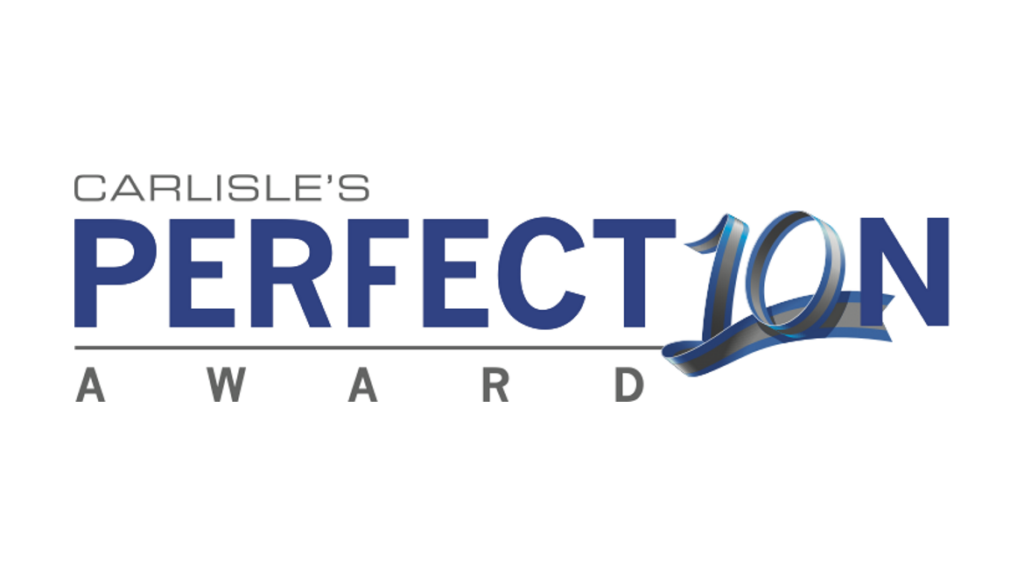Is a Roof Repair an Expense or Depreciation?
For commercial property owners, managing and maintaining the building’s roof is a critical task. Roof maintenance ensures the longevity and safety of the property, but when it comes to accounting and tax implications, there’s often confusion: Is a roof repair considered an expense or depreciation? Understanding the distinction between these two financial treatments can significantly impact a company’s financial statements and tax liabilities. Let’s explore the nuances of roof repairs and how they are categorized.
Defining Repairs and Capital Improvements
Before delving into whether a roof repair is an expense or depreciation, it’s essential to understand the difference between repairs and capital improvements.
Repairs: Repairs are typically actions taken to maintain or restore the roof to its original condition. These are usually smaller, routine tasks that do not add significant value or extend the life of the roof. Examples include fixing leaks, replacing damaged shingles, or patching small areas of the roof.
Capital Improvements: These are substantial changes or upgrades that enhance the value of the property, extend its useful life, or adapt it to a new use. Capital improvements to a roof might include a complete roof replacement, adding new roofing materials that improve energy efficiency, or making substantial structural changes.
Roof Repairs as an Expense
Generally, minor roof repairs are classified as expenses. These costs are typically considered necessary to maintain the roof’s current condition and functionality without adding significant value or extending its useful life. As expenses, they are fully deductible in the year they are incurred, impacting the company’s profit and loss statement directly.
For example, if a business spends $5,000 on fixing a few leaks and replacing some shingles, metal or membrane, this amount can be recorded as a repair expense. This immediate deduction can be beneficial for businesses looking to reduce their taxable income for the current year.
Roof Repairs as Depreciation
In contrast, substantial roof repairs or replacements that qualify as capital improvements must be depreciated. Depreciation is the process of spreading the cost of a significant investment over the useful life of the asset. The IRS sets specific guidelines on how long different types of property improvements can be depreciated, with roofs typically falling under a 39-year depreciation schedule for commercial properties.
If a business spends $100,000 on a new roof installation, this cost cannot be fully deducted in the year of the expense. Instead, it must be capitalized and depreciated over the roof’s useful life. This means that each year, a portion of the $100,000 is deducted, spreading the tax benefits over several years.
Safe Harbor Rules
The IRS provides some safe harbor rules that help businesses determine whether a roof repair can be expensed or must be capitalized. The De Minimis Safe Harbor Election, for instance, allows businesses to expense costs up to a certain threshold per item or invoice, which was $2,500 per invoice/item or $5,000 for businesses with audited financial statements, as of the last update. This rule can simplify decisions for smaller repair costs.
Practical Implications for Business Owners
Understanding whether a roof repair is an expense or depreciation can have significant financial implications:
- Tax Planning: Knowing how to categorize these costs allows for better tax planning. Immediate expensing of repairs can reduce taxable income in the short term, while capitalizing and depreciating large expenditures spreads the tax benefit over several years.
- Budgeting and Financial Planning: Accurate categorization affects budgeting and financial planning. Routine maintenance and minor repairs should be anticipated as regular expenses, while significant roof replacements should be planned for as capital expenditures.
- Compliance: Properly categorizing expenses versus capital improvements ensures compliance with IRS regulations, reducing the risk of audits and potential penalties.
Distinguishing between roof repairs as expenses or capital improvements that require depreciation is crucial for commercial property owners. Minor repairs are generally expensed and can provide immediate tax relief, while major repairs and replacements must be capitalized and depreciated over time. By understanding these distinctions and adhering to IRS guidelines, businesses can better manage their finances, plan for future expenditures, and ensure compliance with tax regulations. Regular consultation with a tax professional or accountant is advisable to navigate these complexities effectively.








